About Namibia
What you should not miss on your Namibia trip
“What should I definitely experience in Namibia?” is one of the most frequently asked questions. The honest answer is that in such a large and diverse country, it naturally depends on your expectations and on your preferences. This is best discussed in a personal conversation. For newcomers to Namibia, I have put together a few basic recommendations as a first orientation.
Wildlife
Etosha, Mahango, Caprivi
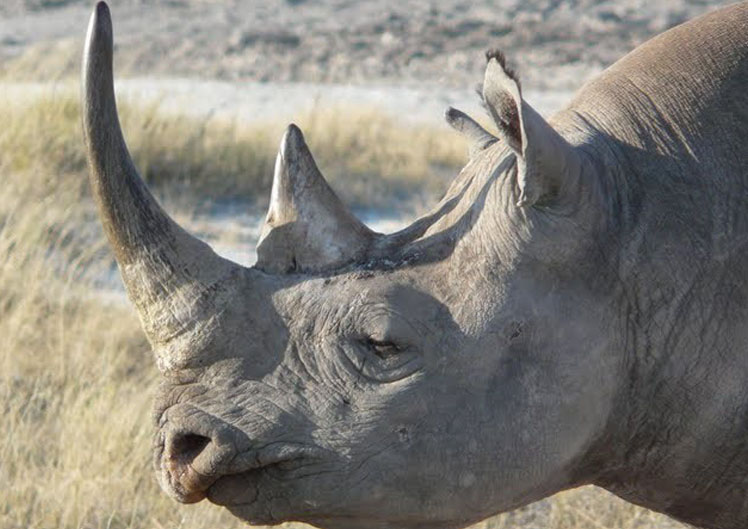 If your focus is on wildlife, I recommend the Etosha National Park in Northern Namibia. Its water holes are a magnet for all types of animals in this dry country. The park is very large and one of the world’s most famous nature reserves of Africa. Further east, there is Mahango Park, situated on the Okavango River before it flows into Botswana where it seeps into the Okavango Delta. Due to the richness in water in that area, you will discover completely different animals than in the rest of Namibia, including crocodiles, hippos, buffalo and other water animals.
If your focus is on wildlife, I recommend the Etosha National Park in Northern Namibia. Its water holes are a magnet for all types of animals in this dry country. The park is very large and one of the world’s most famous nature reserves of Africa. Further east, there is Mahango Park, situated on the Okavango River before it flows into Botswana where it seeps into the Okavango Delta. Due to the richness in water in that area, you will discover completely different animals than in the rest of Namibia, including crocodiles, hippos, buffalo and other water animals.
Even further east, in the Caprivi Strip, there is the small Mudumu Park with the same animals as in Mahango Park, but with larger herds of elephants and buffalo.
If you are keen on watching birds, Impalila Island is a great destination as there are thousands of waterfowl there at certain times of the year. And across the road from Chobe Park (Botswana), it's just great.
You can't imagine the sheer amount of wildlife and biodiversity if you haven't been there. Chobe Park is home to 70,000 elephants! A lot of them come down to the river to drink, which is a real spectacle in the afternoon.
Foreign Cultures
Himba, Vambo, Kavango and Caprivi
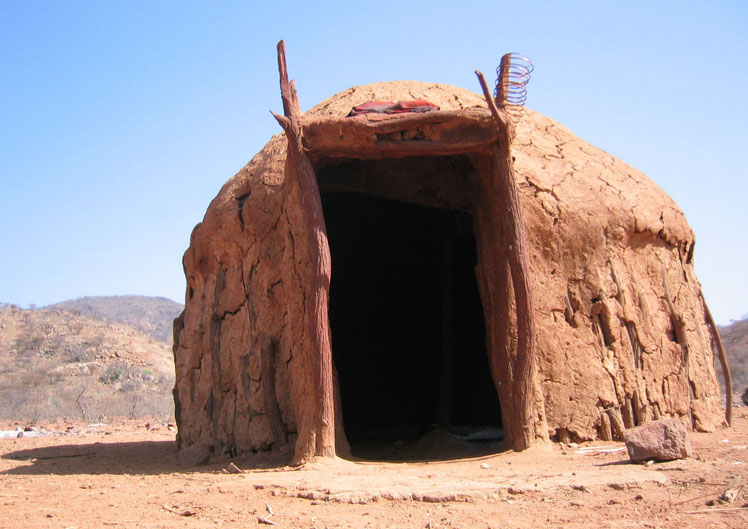 The north of the country is home to ethnic groups that live their traditional life quite undisturbed. Some of the Himba in Kaokoland still live as they did a hundred years ago. My photos speak for themselves. I can communicate with the Himba quite well, at the same time it is very important to me that a visit does not become a "trophy hunt."
The north of the country is home to ethnic groups that live their traditional life quite undisturbed. Some of the Himba in Kaokoland still live as they did a hundred years ago. My photos speak for themselves. I can communicate with the Himba quite well, at the same time it is very important to me that a visit does not become a "trophy hunt."
North of Etosha Park lies Ovamboland, where fifty percent of our population comes from. It is densely populated and interesting. The Vambo already live a very European lifestyle, but along the road it still looks very “African,” with animals along the way, villages and even towns everywhere. The vegetation is also rich with lots of palm trees and many large baobabs in a specific area.
Along the Okavango and in the Caprivi tip, it is still very African. Transportation here is still partly done with sledges in the shape of a discarded canoe pulled by oxen. The huts are covered with grass, and the women work with their hands in the fields.
Breathtaking landscapes and rare plants
The Great Escarpment
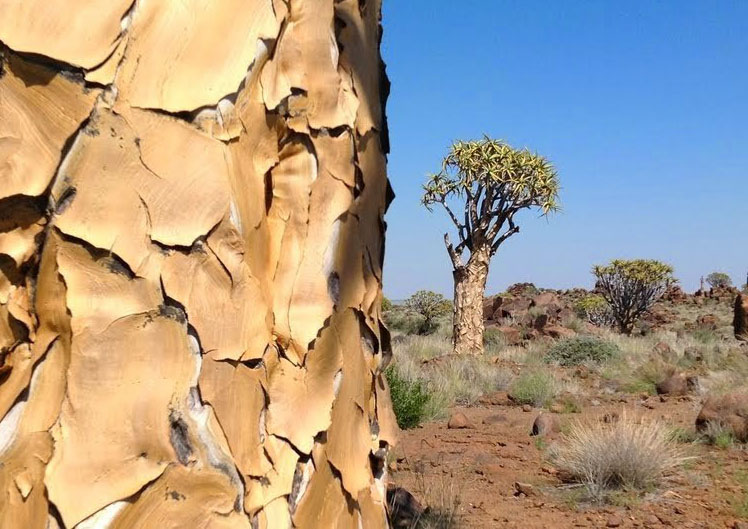 Along the Great Escarpment, which runs about 100 km parallel to the coast, is the marginal stage where the desert changes into the higher inland, rising up to 2,000 meters. Because of the mountains, the landscape is very attractive and geologically diverse. You will see granite, sandstone, basalt, dolorite, dolomite and slate, just to name a few of the common rock types. Mountains enliven the landscape and make this belt so attractive and diverse.
Along the Great Escarpment, which runs about 100 km parallel to the coast, is the marginal stage where the desert changes into the higher inland, rising up to 2,000 meters. Because of the mountains, the landscape is very attractive and geologically diverse. You will see granite, sandstone, basalt, dolorite, dolomite and slate, just to name a few of the common rock types. Mountains enliven the landscape and make this belt so attractive and diverse.
Particularly in this area, there is a great diversity of species of specially adapted vegetation. Due to the enormous dryness in the desert and the highlands, the area has developed its own vegetation, including many endemic plants. You will see quiver trees, welwitschia, balsam trees and shrubs and, of course, acacias and a large variety of other trees and shrubs. It is very interesting to see how the plants have adapted to these hostile conditions, each variety in its own way using different means and techniques (I can explain on the spot).
Water and Desert
Swakopmund and Walvis Bay, Cape Cross with its seals, the dunes at Sossusvlei
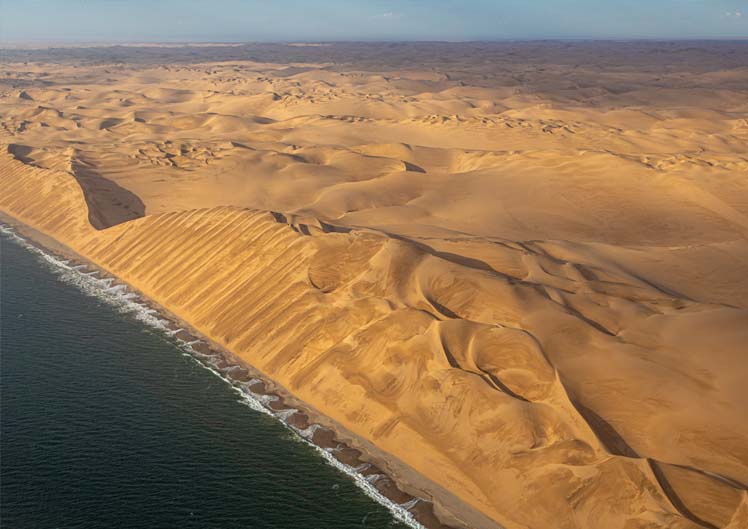 On the coast, a variety of activities are offered, including quadbike tours (guided tours through the dunes, one to two hours long with small four-wheeled motorcycles), dune boarding and dune sliding, boat trips or sailing turns in Walvis Bay. Here you will have the chance to see seals and dolphins while tasting fresh oysters and sipping champagne. Walvis Bay’s lagoon is famous for its variety of birds, especially the many flamingos.
On the coast, a variety of activities are offered, including quadbike tours (guided tours through the dunes, one to two hours long with small four-wheeled motorcycles), dune boarding and dune sliding, boat trips or sailing turns in Walvis Bay. Here you will have the chance to see seals and dolphins while tasting fresh oysters and sipping champagne. Walvis Bay’s lagoon is famous for its variety of birds, especially the many flamingos.
Scenic flights to the dunes of Sossusvlei are very popular. They take 2.5 hrs. in a small Cessna that carries a maximum of 5 people. Fishing trips can also be organized, from the shore (surf fishing) or by boat.
The Swakopmund Museum is worth a visit, as well as the Aquarium where you can learn more about the Atlantic Ocean. The architecture in Swakopmund is characterized by old buildings from colonial times to neo-colonial style that somewhat adapts to the old townscape. There are plenty of tourist shops that offer, for example, custom-made woven rugs and bed linen made with African motifs. Everything can be shipped by the manufacturers so your luggage won’t get overloaded. They also offer a wide selection of jewelry made with our local gemstones.
Swakopmund is not a bathing resort, the water is usually too cold for bathing, except for the months between January and April. Swakopmund is probably the most German town in Africa. It’s also sometimes called the “southernmost German spa town,” and there is some truth in that. I like living here very much. Walks along the Atlantic Ocean can be very beautiful. One of my guests would like to even come here for a month, rent an apartment and just vacation here in Swakopmund.
Swakopmund offers some culinary highlights, primarily seafood of all kinds. But every good menu also includes steaks from Namibian antelopes and, of course, from Namibian cattle.
The seal colony at Cape Cross is very interesting. During high season, up to a quarter of a million seals live here. Unfortunately, it stinks here very strongly, but fortunately the human nose gets used to it very fast.
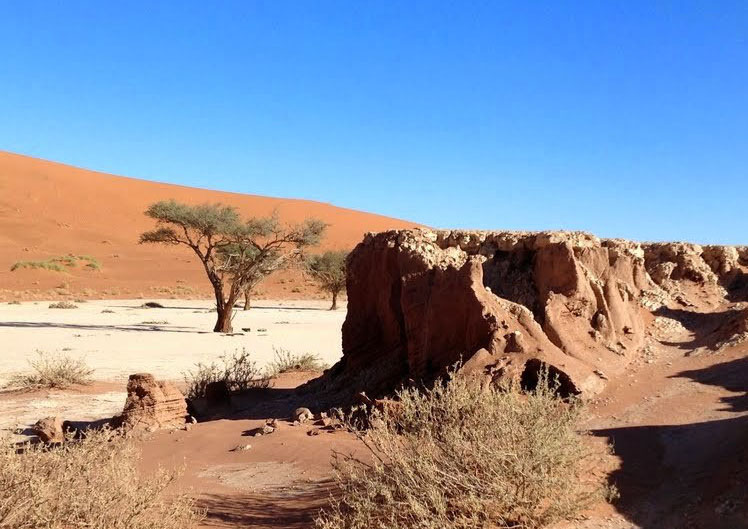 Along the coast is a belt of deserts that extends about 100 km inland. Worth mentioning is the moonscape near Swakopmund. This area impresses with its stone desert and geological diversity (i.e. the “sounding stones”). The gravel desert with its wide views is also very interesting. Then, of course, there is the sand desert, which consists of the dunes that peak at Sossusvlei. Here the dunes rise up to 250 meters above the gravel desert and, especially in the early morning hours when shadows are still falling, you can catch famous views of the dune landscape.
Along the coast is a belt of deserts that extends about 100 km inland. Worth mentioning is the moonscape near Swakopmund. This area impresses with its stone desert and geological diversity (i.e. the “sounding stones”). The gravel desert with its wide views is also very interesting. Then, of course, there is the sand desert, which consists of the dunes that peak at Sossusvlei. Here the dunes rise up to 250 meters above the gravel desert and, especially in the early morning hours when shadows are still falling, you can catch famous views of the dune landscape.
How helpful are these tips for you? Do you have any open questions? Send me an email!
Frequently asked questions (FAQ)
What is the climate like?
Since Namibia is the driest country south of the Sahara, it is actually quite bearable here at any time of the year. It is rarely humid. Heavy and short rain showers usually fall in February and March, but are immediately followed by sunshine.
When is the best time to travel?
Every season has its charm. But May is “the blissful month” as the rainy season is over. It gets cooler and the mosquitoes are gone. Our winter (June to mid-September) has stable weather, unlike the European summer. No rain, 10 hours of sunshine per day, no heat and no humidity. Gorgeous weather! Mid-September, it suddenly gets hot but the low humidity makes it bearable.
How safe is Namibia?
Namibia is one of the safest countries on the continent. Nevertheless, you need to be careful and not wear expensive jewelry or leave handbags, cameras or cell phones in the car. If you travel with your eyes open and attentively, you should not have any problems. Common sense is required.
What are the entry requirements (immigration)?
Your passport must be valid for at least 6 months beyond your departure date from Namibia. At least two pages in your the passport must be completely blank to allow space for stamps. Since COVID-19 regulations are changing constantly, kindly check with the Namibia Tourism Board for the latest travel advisories.
Are there non-stop flights to Namibia?
There is a non-stop connection from Frankfurt, Germany, to Windhoek, the capital of Namibia five times per week on the new Lufthansa subsidiary Eurowings Discover.
What should we not forget to pack?
Do I have to bring cash?
No, you can pay almost everywhere with Visa or Master credit cards, and you can also draw cash from the ATMs if you know your PIN. Euros are good to bring, you get the best exchange rate at Windhoek Airport. Do not order Namibia dollars (NAD) outside of Namibia! The South African Rand is exchangeable with the NAD 1:1, and here in Namibia you can also pay with SA Rand. It is a valid currency here.
What kind of local beverages in Namibia can you recommend?
We have good South African wines, and the Namibian beer is brewed according to the German Purity Law, all "first class." Beverages are available everywhere, in supermarkets and at gas stations. A liter of water costs 1€, South African wine between 10 to 20€ in restaurants and a beer is about 1.50€ in restaurants. At most lodges, you can drink tap water.
What about meals?
Hygiene is very important here, so everything including salad, fruits and vegetables is safe to eat. Our Namibian meat is especially good and uncontaminated because the animals graze freely on the farms —no stabling or fattening.
Do we have to take precautions against Malaria?
The Anopheles mosquito is prevalent especially during the rainy season, from February to the end of May. During the other months, it is quite safe. I've lived here for over 50 years now and I don't take anything because the drugs would hurt me more in the long run. But if you come to an area like this once every few years, it's different and maybe you just feel safer. You can also take other measures: Light colored long clothes — mosquitoes love dark colors, deodorant stick or spray (brand "Tabard", available here in the country is formulated for our mosquitoes) and you may take vitamin B tablets. No perfume, mosquitoes love it.
